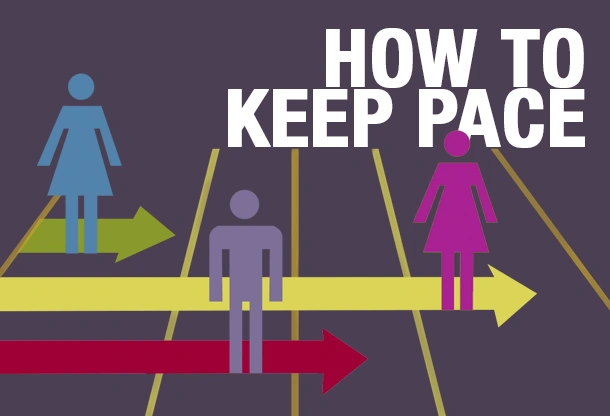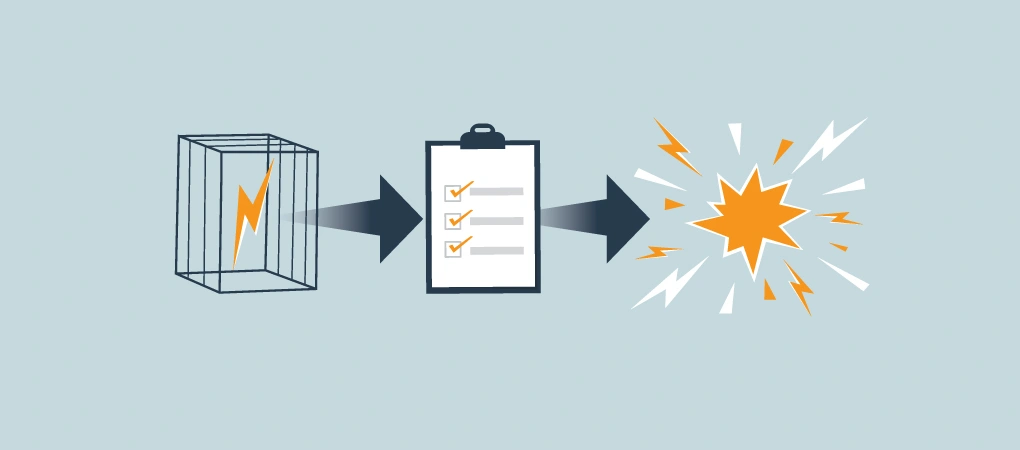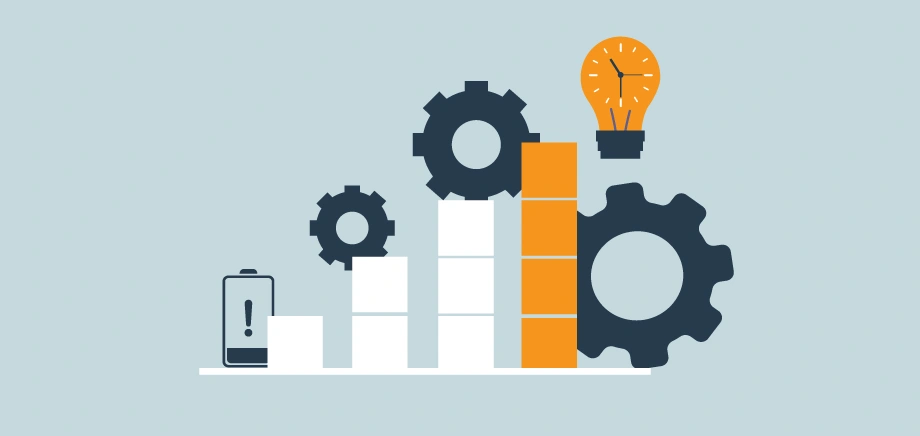How To Keep Pace
Shannon Waller

If one thing’s for sure, it’s that we’re a culture obsessed with speed. As technology advances, so do our lives.
But at what point do we put a halt to our hectic schedules? When do we intentionally decide to slow down? And should it bother us when we’re interacting with people who have managed to maintain a calm, “easy come, easy go” mentality?
I’d like to introduce you to the idea of pace and its role in the workplace. Each of us operates at a pace that works best for us in terms of how we think, talk, and get things done. This is especially important to consider when it comes to teamwork and communication, because we’re all wired differently. What may seem urgent to you may feel quite the opposite to someone else on your team.
The beauty is that there are benefits to all modes. Great teamwork is about learning how to effectively communicate with those around you regardless of whether they’re naturally faster or more even-paced than you.
Where do you fit in?
The DISC profile*, based on the work of Dr. William Marston, is one of the best ways to gauge where you fall on the scale. This assessment focuses on four different personality types and illustrates how we all approach the world with a different momentum.
You can take your teamwork to the next level if you’re aware of how you function and if you can learn to adapt to other people’s modes. Knowing when to speed up or slow down, depending on who you’re working with, can get you the results you want. It’s also your key to educating people about what you need in return.
Pace is a key ingredient to good communication.
Often when an entrepreneur is moving really fast, it can be challenging for their team to keep up and can cause a lot of frustration. This is where pace becomes extremely important to communication.
Being a better communicator starts with paying attention. When you’re collaborating with team members, notice their tone of voice, how quickly they speak, how systematically they go through things—you’ll pick up on how they need to receive information to get the job done. Being aware of how the people you’re working with respond and how they naturally function makes it easier to provide them with what they need. It’s easier to adapt how you give information than it is to change how someone else receives information.
The key to keeping pace.
Keeping pace is also about cultivating an inner calmness. When we’re tired and stressed, we’re not good at paying attention to what others need because we’re too focused on our own reality and issues. If you take the time to settle yourself internally (for example, by taking a deep breath and letting it out slowly), it will have an amazing impact on your relationships and your results.
The most effective communicators I’ve encountered are gifted at automatically adjusting their pace to suit their audiences. The more aware you are of how people are responding and how they naturally work, the more your teamwork will thrive.
*DISC profiles are available from:
www.personalityinsights.com
www.ttisuccessinsights.com
www.discprofile.com (free)







